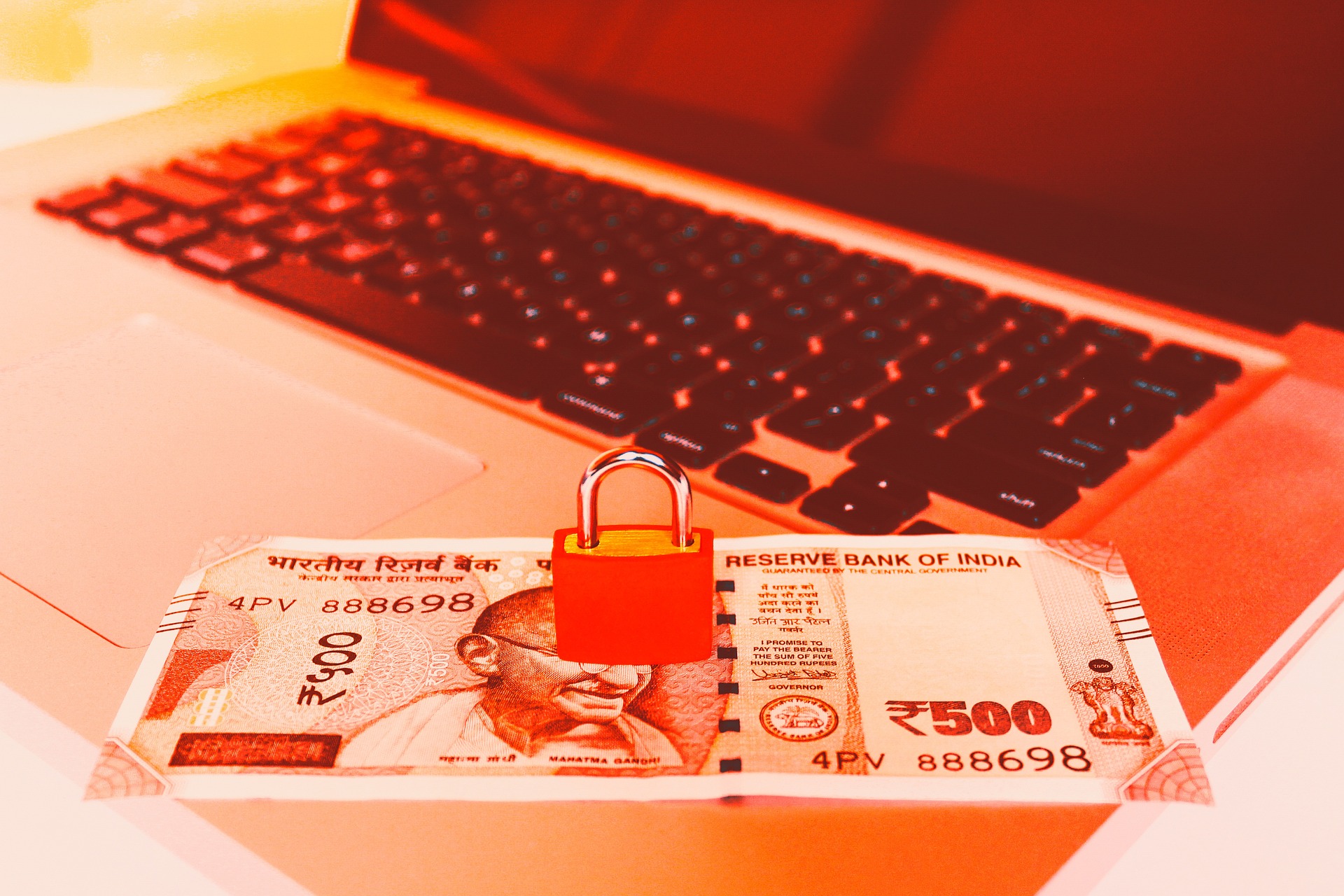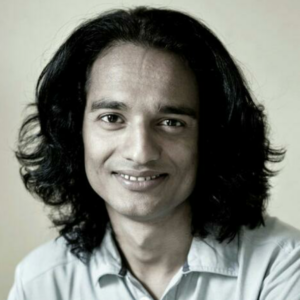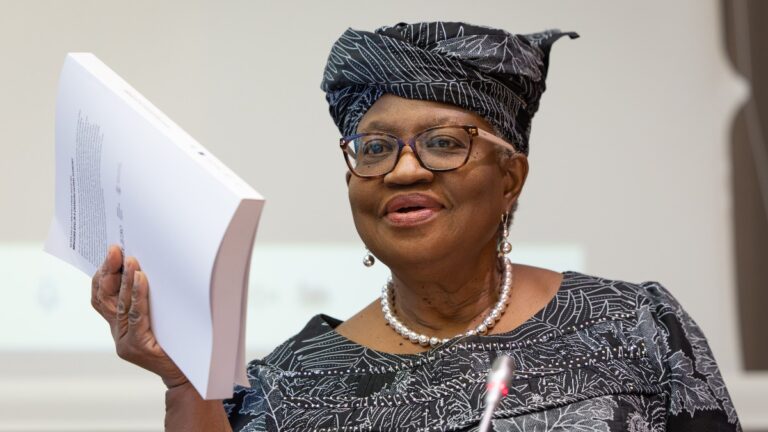
Analysis
 By Kaushal Kishore*
By Kaushal Kishore*
After the winter vacation, one of the Constitution Benches of the Supreme Court of India delivered the verdict dealing with demonetisation pending since 2016. This verdict from the first working day of the new year is sufficient to initiate one of the hottest debates in such a cold winter due to the opposite views of the bench. Four of the five judges of the bench endorsed the demonetisation, however, the fifth judge of the quorum expressed her dissent. Here Justice B. V. Nagarathna clearly expressed that demonetisation was a well intentioned proposal of the central government while expressing her dissenting view. As such this decision is a huge relief for the Narendra Modi government at the Centre.
Also read: Apex Court rules against demonising demonetisation
As such the only unanimous point of this verdict is the pure intentions of the government that was already endorsed by the majority of India in the general elections of 2019. The series of turmoil initiated after that ‘well-intentioned’ act before the end of 2016 created the ground to reverberate the 19th-century adage common among money masters i.e. ‘Let us issue and control the currency of the nation, and we care not who makes its rules’.
Demonetisation was implemented suddenly via a gazette notification on November 8, 2016. It withdrew legal tender status from high denomination notes comprising 86 per cent of the currency in circulation. This led to economic disruption and hardship to the people till the Reserve Bank of India remonetised the economy a few months later. Rows after rows were gathering before the banks and currency kiosks in every part of the country. Within a few weeks, more than 50 petitions reached the top court, and the 3 judges’ bench headed by the CJI (Chief Justice of India) referred them to the larger bench comprising five judges for the authoritative pronouncement after framing the nine odd questions. In that verdict, the bench further issued the stay order on the cases entertained by the high courts and directed their petitioners to approach the proposed bench.
Last year the Constitution Bench comprising Justices S Abdul Nazeer, BR Gavai, AS Bopanna, V Ramasubramanian and BV Nagarathna, right before the 6th anniversary of demonetisation on November 8, started its hearings. Justice BR Gavai, the author of the majority view, reframed six questions out of those nine questions of the reference order. The RBI (Reserve Bank of India) and the Government of India produced their records before the apex court during its proceeding. Some of these details were never produced before the Parliament. As such the nation came to know a bit more about the last act of demonetisation in the history of India.
The Constitution Bench passed the 4:1 verdict in favour of the Central government and the RBI. It has almost ensured that the Union government has bent upon demonetisation of the currency notes with the value of rupees 1000 and 500 while addressing the three serious issues of the economy. The first among them was an abundance of fake currency notes in circulation that was difficult to identify. And the other two objectives that the unaccounted wealth was in the form of high denomination bank notes and the use of fake currency in subversive activities such as drug trafficking and terrorism are yet to be verified properly. After addressing the questions of the reference order the court has directed to place it before that bench. Since that bench no longer exists, the administrative office of the top court will frame it sometime in the future.
The apex court has addressed a couple of major disputes in this case and defined the difference between judgement and verdict. This process analysed the last three instances from the history of 1946, 1978 and 2016 dealing with demonetisation. The bone of contention rests on different interpretations of the term “any” from sub-section (2) of section 26 of the RBI Act. After the new verdict, one can say that the Act has empowered the government to demonetise all currency notes of any series and denomination. Former Union finance minister and senior advocate P. Chidambaram suggested such an interpretation of the RBI Act amounts to conferring excessive delegation and is liable to be struck down. Justice Nagarathna in her dissenting view observed that the recommendation for the demonetisation did not originate from the RBI, but was obtained from it. Therefore impugned notification of November 8, 2016, is unlawful, and the act of demonetisation is vitiated. She further observed that the subsequent ordinance and the Act are also unlawful. These two different views reduced the idea of judgement to a mere verdict.
The other major dispute deals with the power of a democratic government in order to issue and control money. In the two cases of 1946 and 1978, the State introduced an ordinance that was ratified by the legislature later. But in those cases, the central bank opposed the proposal of demonetisation. As such the government had no other means to demonetise the currency notes it had desired. The prevailing view of the verdict has accepted this response from the attorney general. Whereas the dissenting view pointed to the Union List of the Seventh Schedule of the Indian Constitution that deals with the currency, coinage and legal tender. The government is duly empowered there to demonetise and remonetise the vaults of the Central Bank. But in that case, it was not possible to create a series of turmoil.
This verdict came after six long years to provide solace to the Union of India. After five odd years, the lordship found an opportunity to commission its hearing after that reference order. The innocent victims of demonetisation have been still waiting for justice. More than a hundred people, across the states, died due to the suffering it caused. These unfathomable sufferings of its innocent victims could have been reduced if the leadership were wise and just like Justice BV Nagarathna. The Constitution Bench has addressed questions of the reference order after the reframing and sent back the 58 cases. The rest of the issues are still waiting for the attention of the Chief Justice of India. The judicial authority consciously believes in the disposal of the cases, no matter quick or delayed.
*Kaushal Kishore is the author of The Holy Ganga (Rupa, 2008) and Managing Editor of Panchayat Sandesh, a monthly organ of All India Panchayat Parishad. The views expressed as personal.





